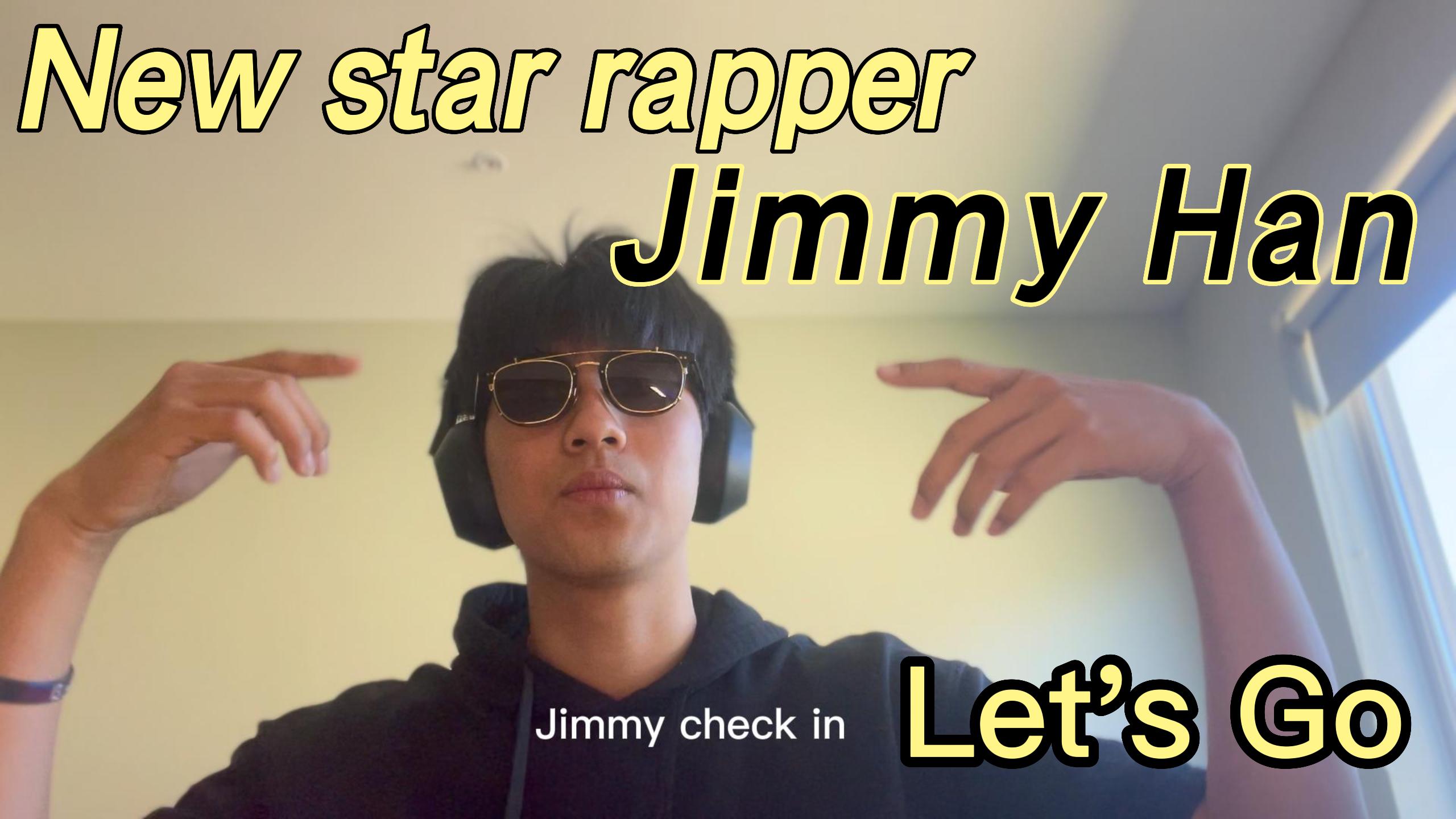Intro

The danger of A Single Story is a thought-provoking talk given by
Nigerian author Chimamanda Ngozi Adichie. In her speech, Adichie discusses the concept of the single
story and its impact on our perceptions of others. She shares personal anecdotes from her own life to
illustrate how she was influenced by the single story narrative.
The danger of the single story refers to the negative consequences of
relying on a limited, one-sided perspective on people, cultures, or situations
It occurs when we base
our understanding of a group or experience on a single narrative or stereotype, ignoring the complexity
and diversity within that group (Chimamanda
2009). It can lead to dehumanization, marginalization, and perpetuation of
stereotypes. To counter this danger, it is important to embrace diverse narratives that challenge
stereotypes and offer a more nuanced understanding of people and cultures.

Song
Song: Dancing with Me
Inspiration:
I'm Jimmy, and when I learned about single stories, I discovered how many such single stories we have
around us.
The stereotyped influence or one-sided understanding caused by these single stories greatly harms
individuals, groups and a region.
The inspiration for my creation is to start from a victim's perspective so that the audience can better
understand the harm of a single story.

In the first paragraph, I first expounded the prejudice and discrimination against the black group in a
single
story from the perspective of black people. At the same time, I also cited the death of
George Floyd in 2020 to
express my dissatisfaction with the stereotypes and prejudice suffered by black people.
Then, from the perspective of the yellow race, I explained the single story of the spread of the new
coronavirus pneumonia in 2019 to the yellow race. In the end, I talked about my hometown Wenzhou.
Because people have a single story about Wenzhou, Zhejiang, people have a one-sided understanding of
Wenzhou. So I described the feeling of receiving a single story as a Wenzhou person.

With this song, I want to resonate with people that a single story is a hazard and to break down
stereotypes and
embrace more diverse stories. Finally, I advocate for and create a more just and understanding world.
song lyric:
The Feeling Of The Single Story
Vocals: Jimmy Han
Lyricist: Jimmy Han
Composer: Night Devil
Dancing with me,
Find Unbiased key.
Avoid stereotypes,
Understand the world to be free.
I am black, hurt of a single story cannot hide.
Label makes me mad night all night.
Thinking Crack in bag, Whack my mind. Attack my Back, but why you do like that.
Oh, bro, they say we are typical, the criminals, bad, bad, bad, bad bad bad bad animal.
We just original, same Individual.
But why black is a threat in your subliminal.
We also have stories in sports and music. No one can faster me,
Rap fantastic, why test me let my neck under knee.
I am yellow. We are sunshine, warmth, and light,
Resilient, ambitious, ready flight,
From east to west, a rich tapestry,
Our cultures are not summaries.
You have seen?
Don't just remember a single story COVID 19.
Dancing with me
Find Unbiased key
Avoid stereotypes,
Understand the world to be free.
Dancing with me
Find Unbiased key
Avoid stereotypes,
Understand the world to be free.
Wenzhou, the coast of China, is a small city.
Tiny, nobody is interested in but pretty.
From Jiangxin Island to the Jiangxin Hill,
Playing Naxi river standing Yangdan mountain trill.
Wenzhou's people are good at business, known as Oriental Jew.
But one single story destroys the true Wenzhou.
Zhejiang Wenzhou Zhejiang Wenzhou Jiangnan Leather Factory closed down.
Zhejiang Wenzhou's biggest Leather Factory, Jiangnan Factory, closed down.
We were labeled and questioned our integrity.
I will show the story of Wenzhou's diversity
Dancing with me
Find Unbiased key
Avoid stereotypes,
Understand the world to be free.
We need to break, break, break stereotypes.
Create, create, create multiple stories.
We need to break, break, break stereotypes.
Create, create, create multiple stories.







